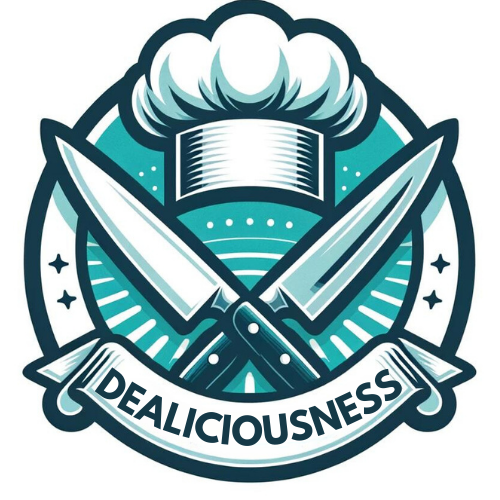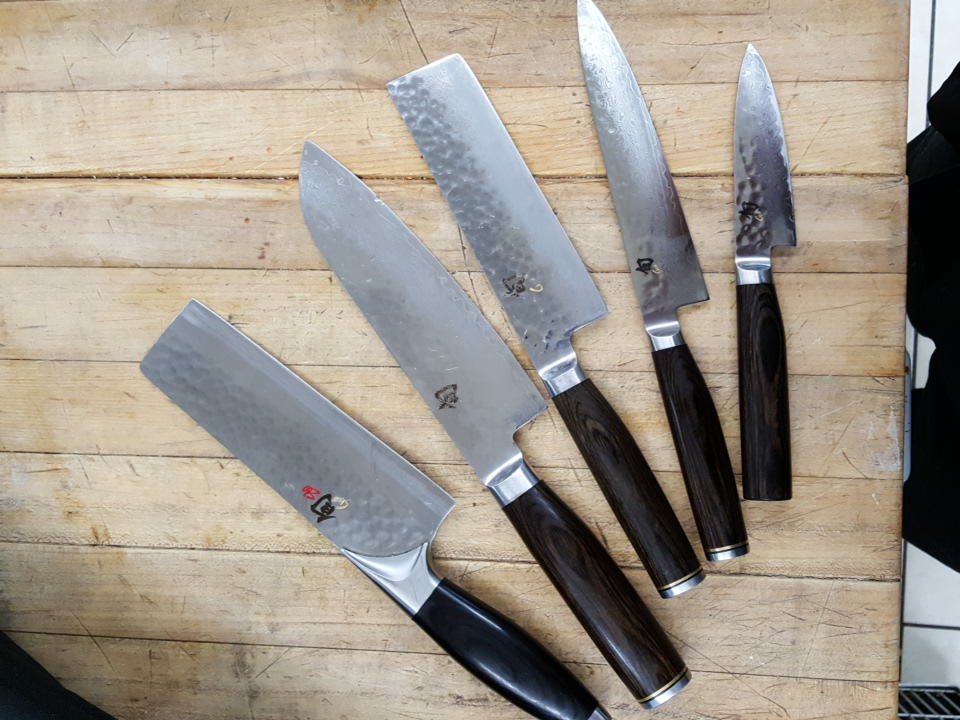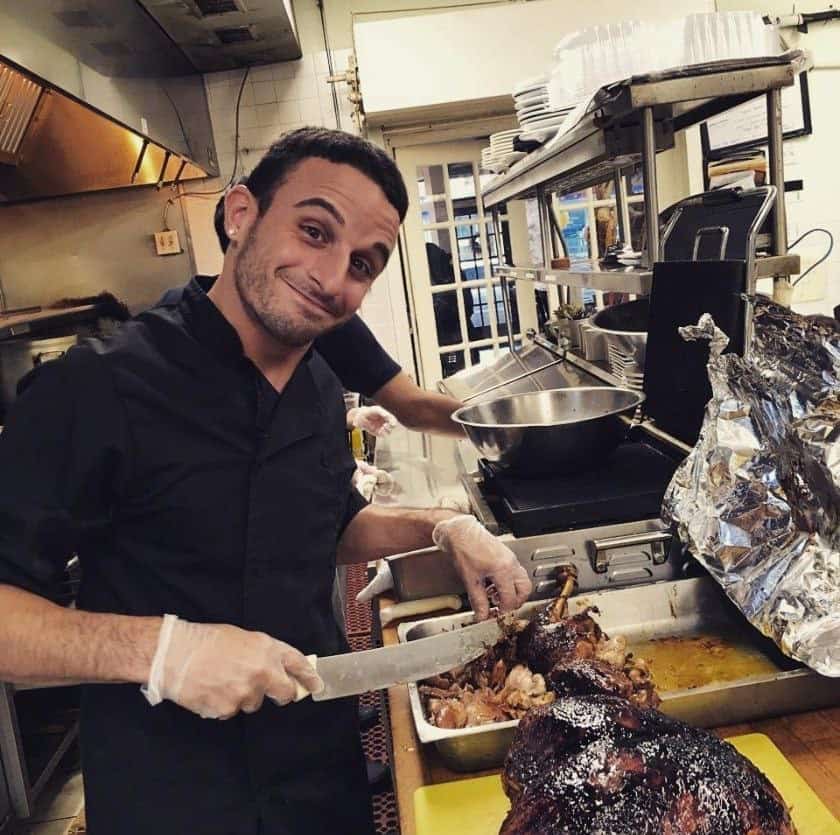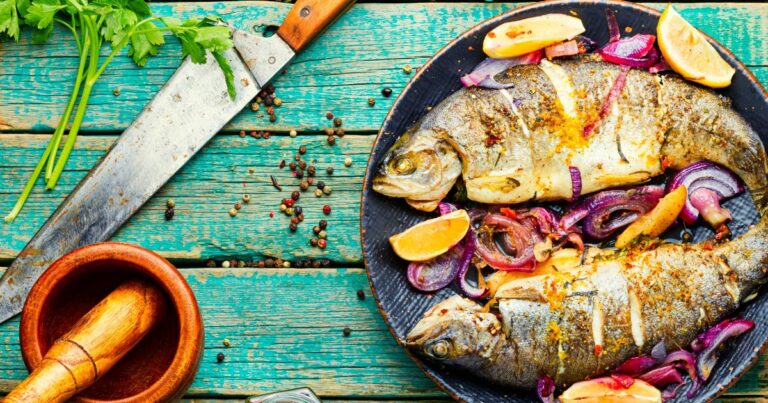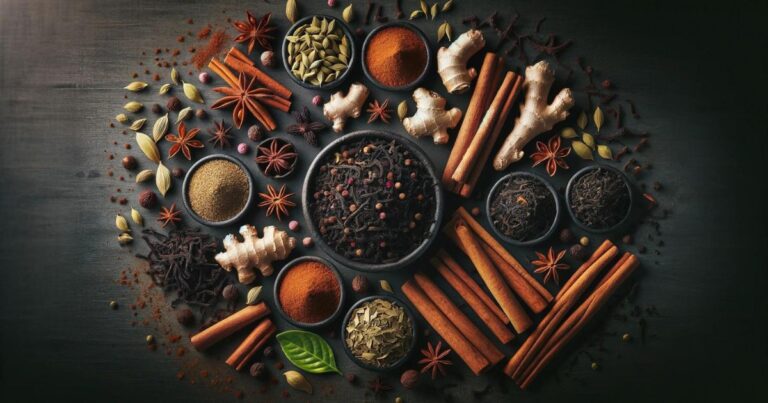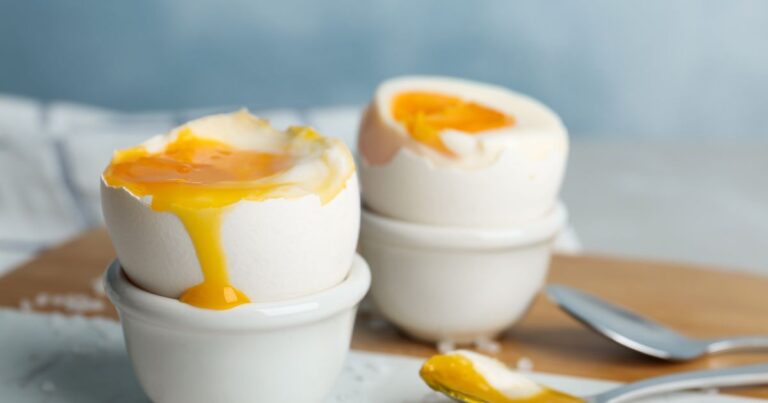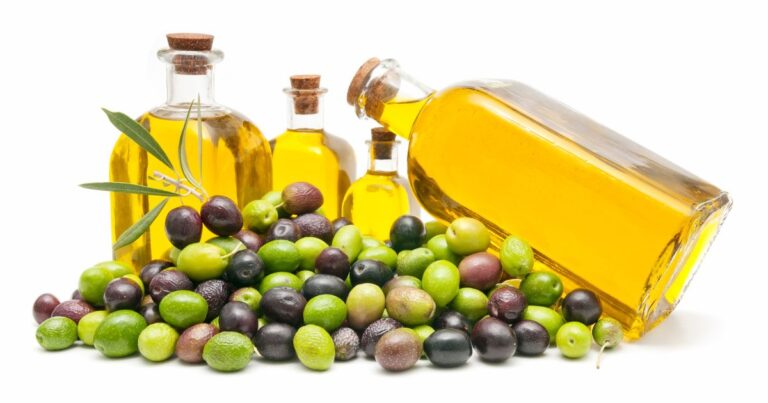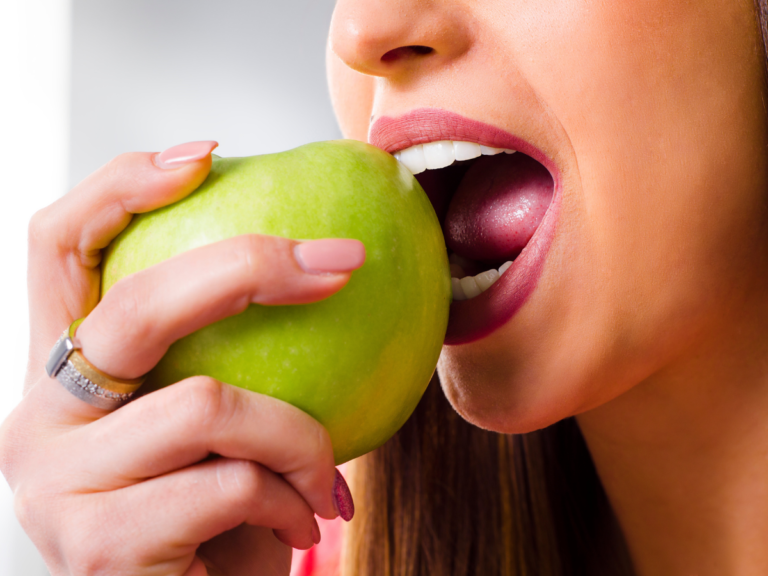Simple Method on How to Sharpen Kitchen Knives: A Chef’s Guide to Keeping Your Blades Razor Sharp
As a chef, your knives are your most valuable tools in the kitchen. They extend your skills and can make or break a dish. That’s why keeping them in pristine condition at all times is essential. You never know when you must whip up some Butternut Squash Soup or Delicious Squash Risotto. In this blog post, we will delve into how to sharpen kitchen knives and share some expert tips to help you achieve razor-sharp edges effortlessly.
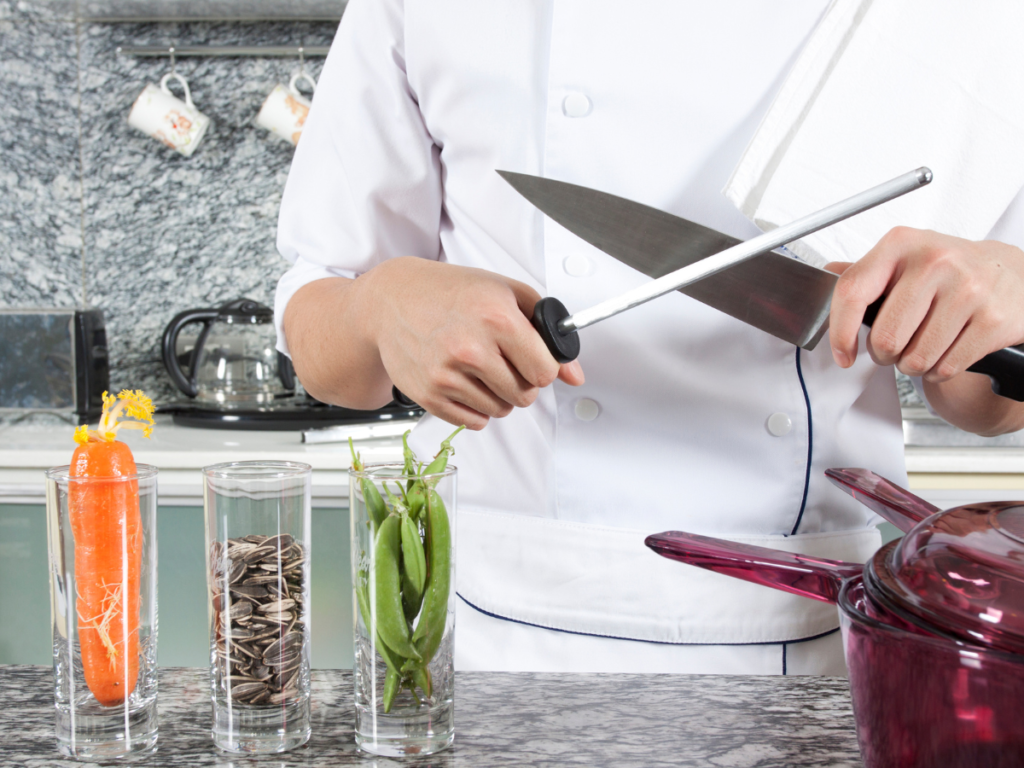
Table of Contents
The Importance of Sharp Knives
Learning how to Sharpen Kitchen Knives is issafer to use and enhances the flavor and presentation of your dishes. A dull blade can crush delicate ingredients instead of cleanly slicing through, compromising texture and taste. Additionally, sharp knives require less force to cut, reducing the risk of accidents and providing you with more control in the kitchen.
Investing time and effort into sharpening your knives can significantly improve your cooking skills and overall efficiency.
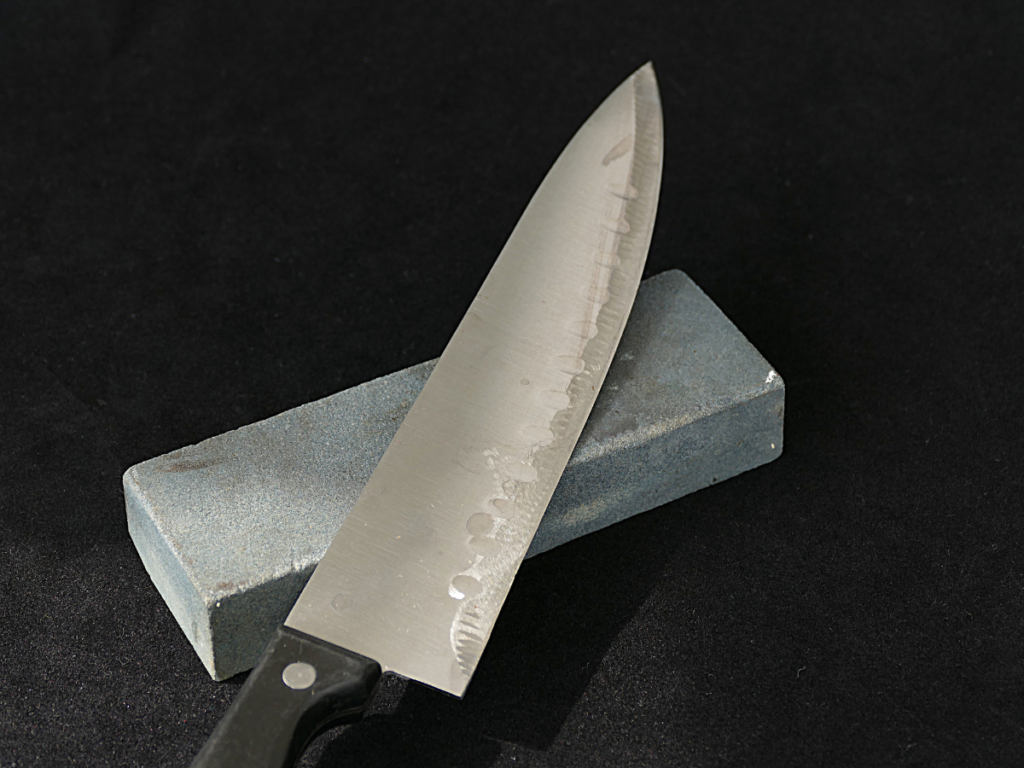
Methods for How to Sharpen Kitchen Knives
1. Honing: Honing is the process of realigning the edge of the blade. It doesn’t remove any metal but instead corrects the microscopic folds and bends that occur during regular use. Use a honing rod or sharpening steel to gently draw the blade towards you at a slight angle, repeating on both sides of the blade.
2. Whetstone: For a more thorough sharpening, a whetstone is an excellent tool to have. Soak the stone in water for about 10 minutes before beginning. Place the stone on a stable surface and hold the knife at a 20-degree angle against the stone. Slowly move the blade back and forth, maintaining a consistent angle, until you achieve the desired sharpness.
Mastering the Art of Knife Sharpening: A Chef’s Guide to Keeping Your Blades Razor Sharp
In the heart of every bustling kitchen, there lies an essential tool that stands as a beacon of precision and mastery – the chef’s knife. Much more than a mere utensil, a well-sharpened knife becomes an extension of a chef’s skill, a partner in culinary creativity, and a conduit to crafting exquisite dishes. Welcome to a journey through the age-old art of knife sharpening, a vital skill that every chef must master to bring out the best in their culinary creations.
The Essence of Razor-Sharp Blades
Picture this: you’re delicately slicing through a ripe tomato, and with a single effortless motion, the blade glides through the skin, unveiling a flawless cross-section. This seamless experience, synonymous with a well-sharpened knife, goes beyond just aesthetics. A razor-sharp edge isn’t only a matter of culinary finesse; it’s a mark of safety, control, and heightened flavor.
When a blade is honed to perfection, it performs its task without crushing or mangling delicate ingredients. Each cut is clean and precise, preserving textures and flavors intact. Sharp knives require minimal force, reducing the risk of slips and accidents, empowering the chef with a superior level of control. As a chef, you owe it to your art and your craft to keep your knives in impeccable shape.
Unveiling the Craft: Methods for how to Sharpen Kitchen Knives
- Honing: Think of honing as the gentle art of realignment. It’s the process of fine-tuning the edge of your blade, correcting microscopic imperfections accrued during use. Using a honing rod or sharpening steel, stroke the blade along the rod’s length, maintaining a slight angle. Repeat this process on both sides of the blade to restore its keenness.
- Whetstone Magic: For a more thorough rejuvenation, turn to the whetstone. Soak it in water for a while to prepare for the task ahead. Resting the stone on a stable surface, hold the knife at an angle of about 20 degrees. Glide the blade across the stone in a controlled, rhythmic manner, ensuring consistent contact. The result? A blade that’s honed to surgical precision.
Nurturing Your Blades: Pro Tips for Knife Maintenance
- Gentle Cleaning: Treat your knives with care after each culinary escapade. Hand-wash them using warm, soapy water, gently removing food particles and stains. The dishwasher is not their sanctuary. After the cleansing ritual, promptly dry your knives to thwart the advances of rust.
- Safe Haven: Your knives deserve a home that cherishes their brilliance. Invest in a knife block or a magnetic strip to store them securely. Banish the notion of tossing them into drawers where they’re prone to nicks and dings, endangering both the blade and the chef.
- Testing the Waters: To ascertain your blade’s prowess, let it dance on the stage of a tomato’s flesh or a whisper-thin sheet of paper. If the blade breezes through with grace and ease, you’ve accomplished the pinnacle of sharpness.
Embracing Culinary Excellence: The Culmination
The journey to mastering the art of knife sharpening is an odyssey worth undertaking. It’s a tribute to the craft, an homage to precision, and a pledge to your culinary journey. As you assimilate the importance of finely honed blades, become adept in diverse sharpening techniques, and embrace the tenets of proper maintenance, you’re opening doors to a realm of unparalleled culinary finesse.
Let your kitchen resound with the echoes of clinking steel and the aroma of culinary excellence. With each slice, dice, and chop, may your blades reflect not just your skill, but your dedication to the timeless art of gastronomy.
